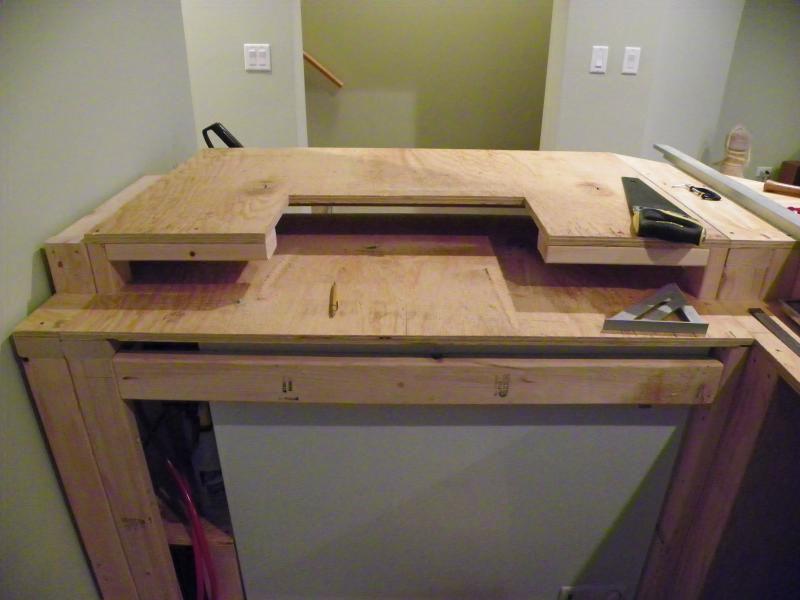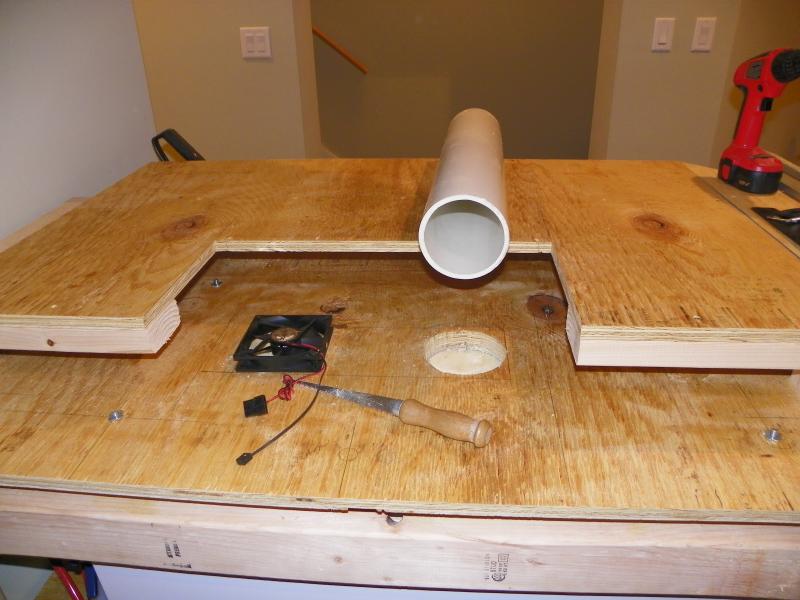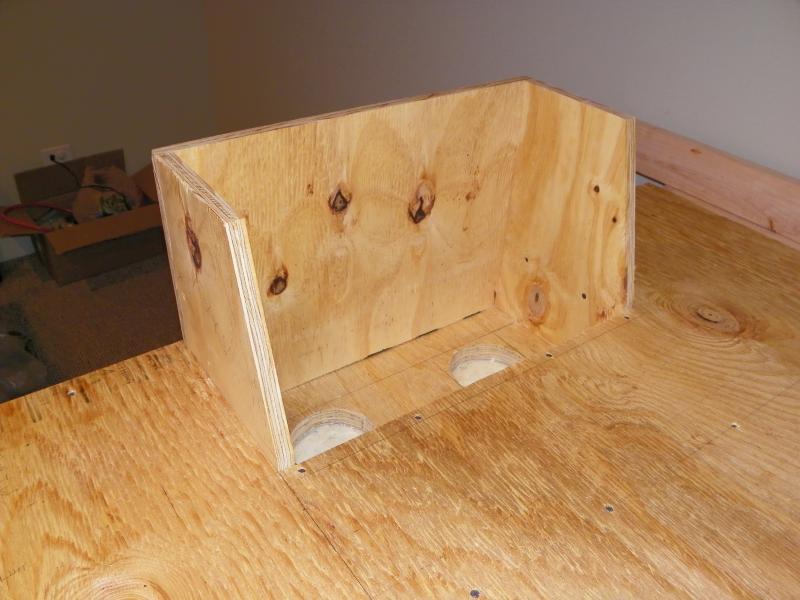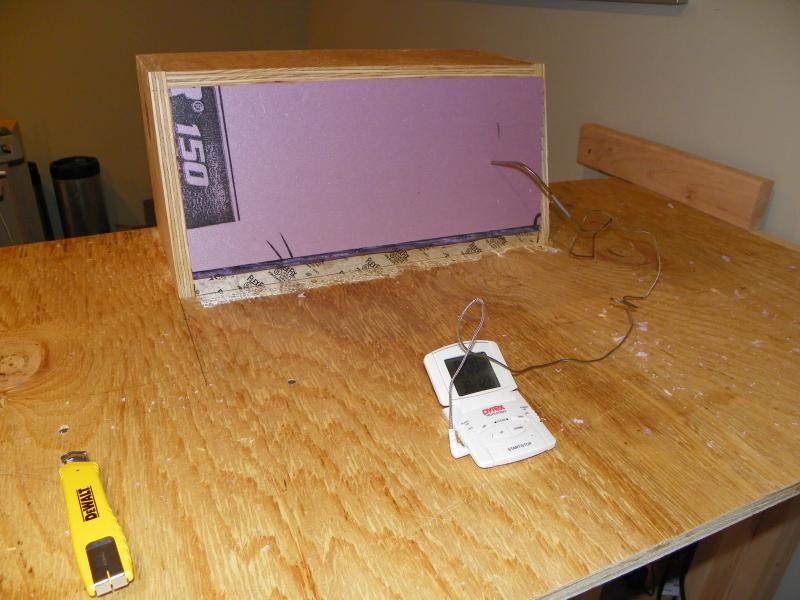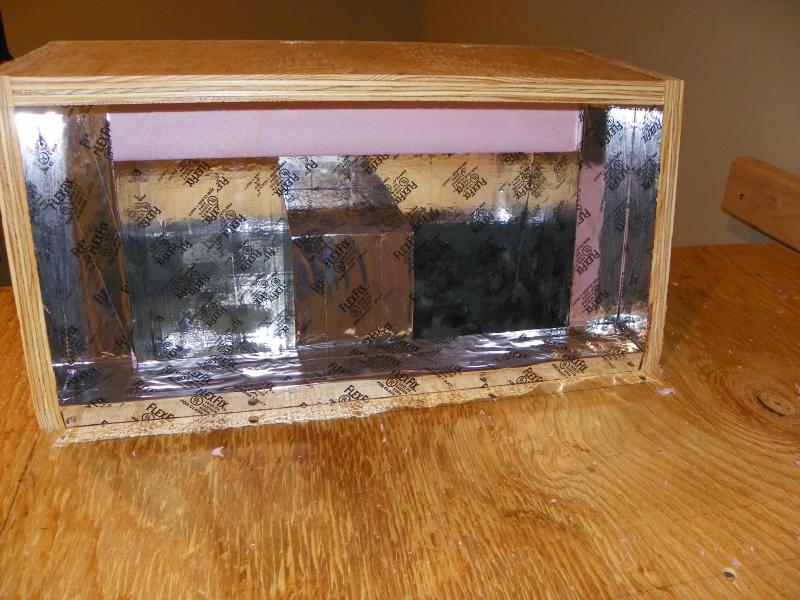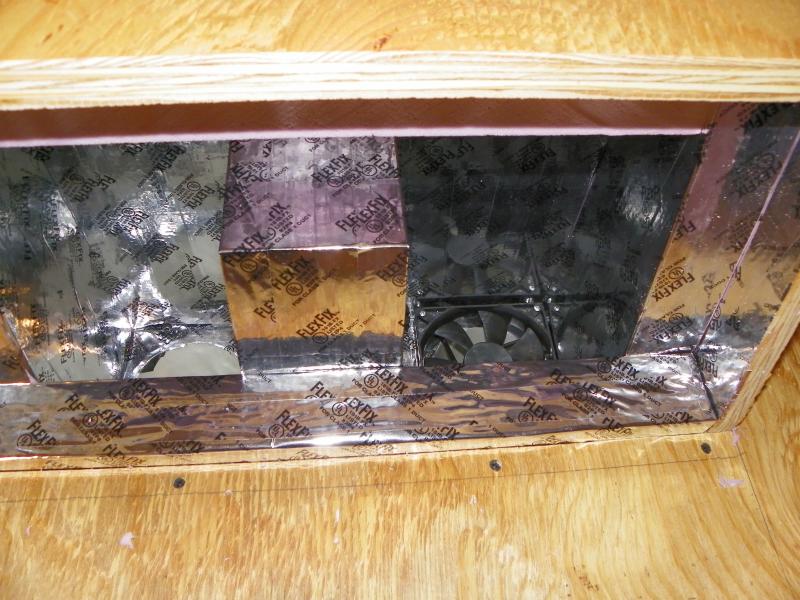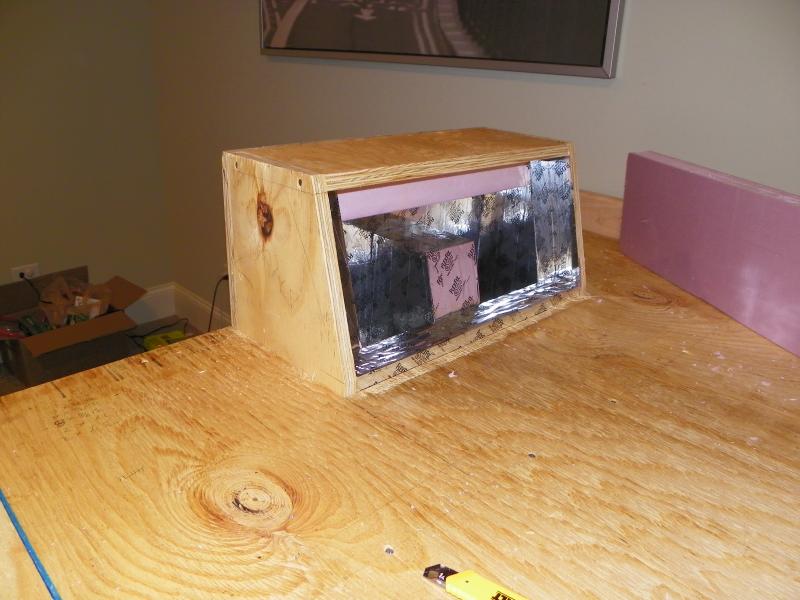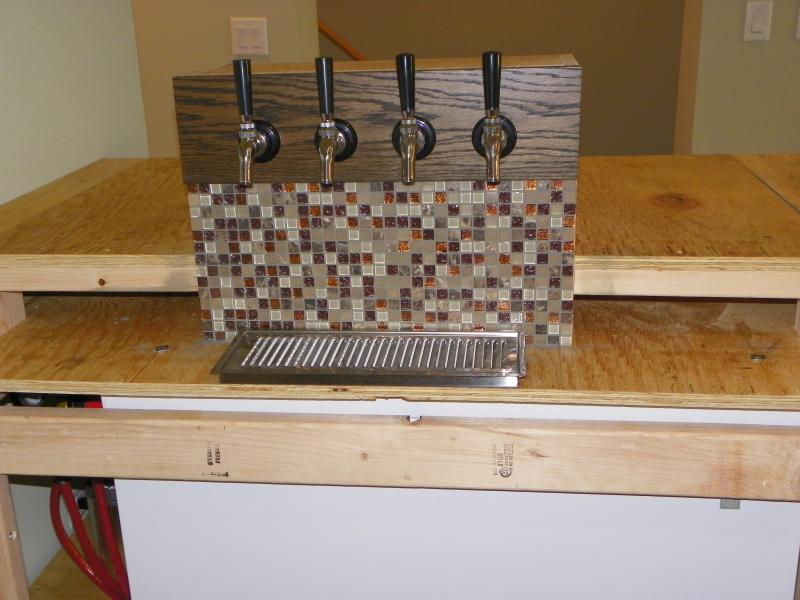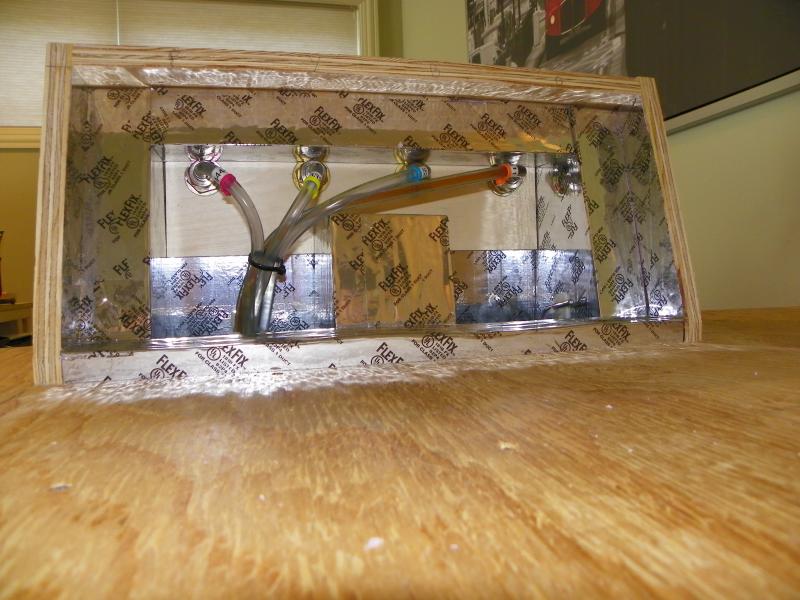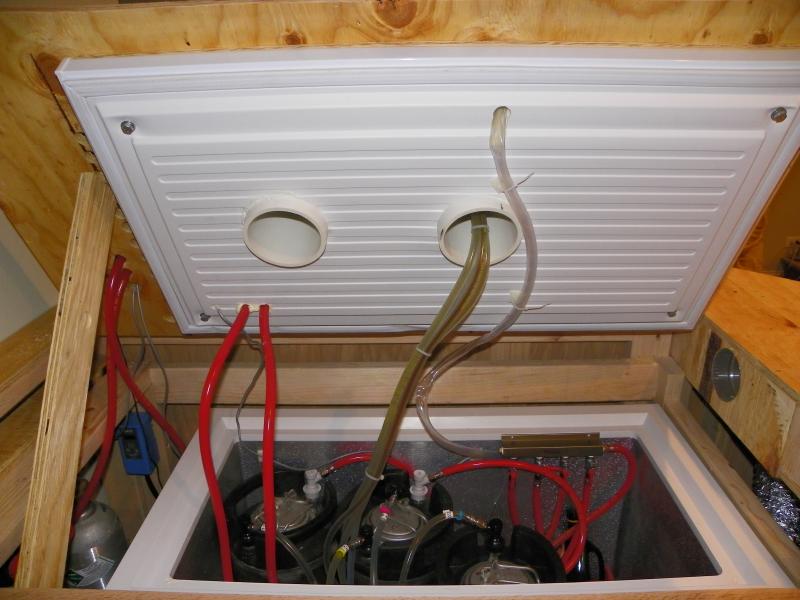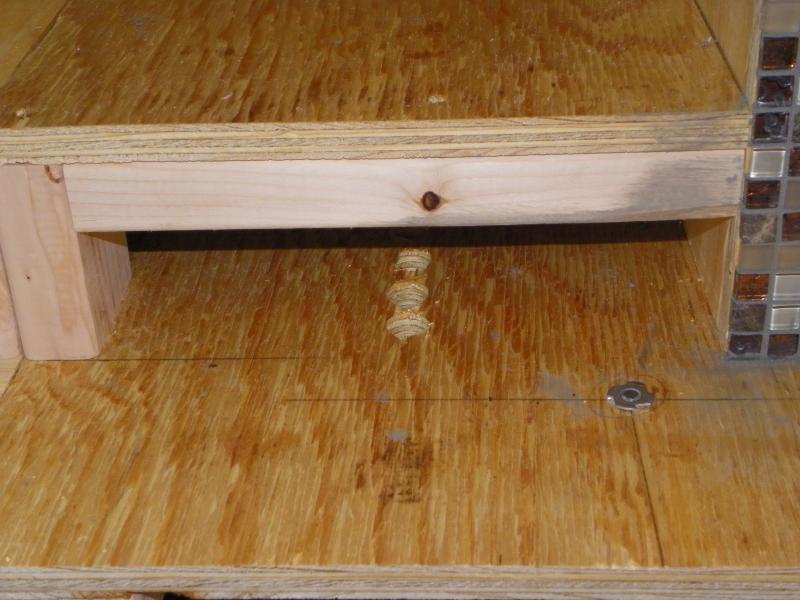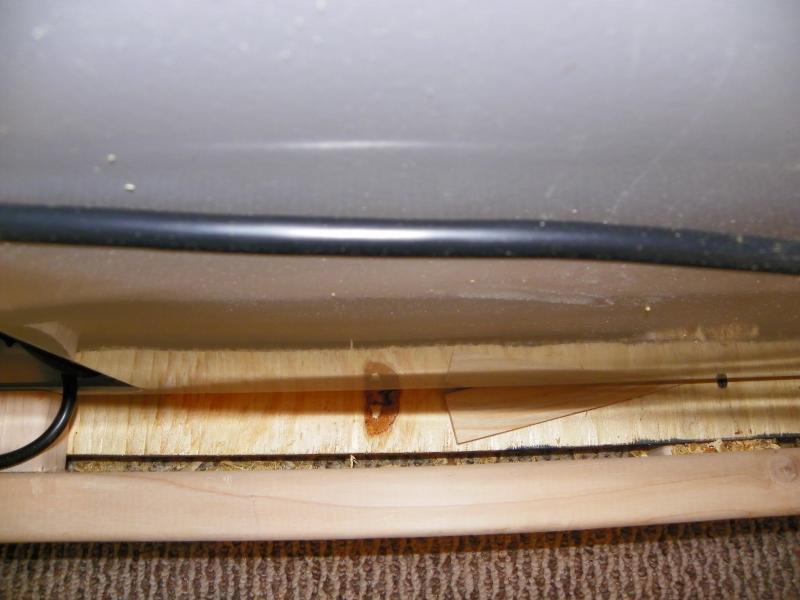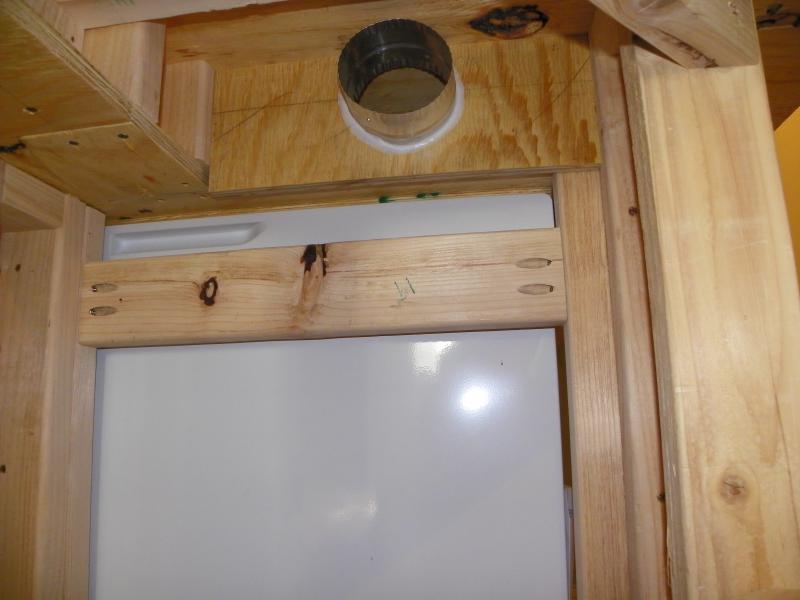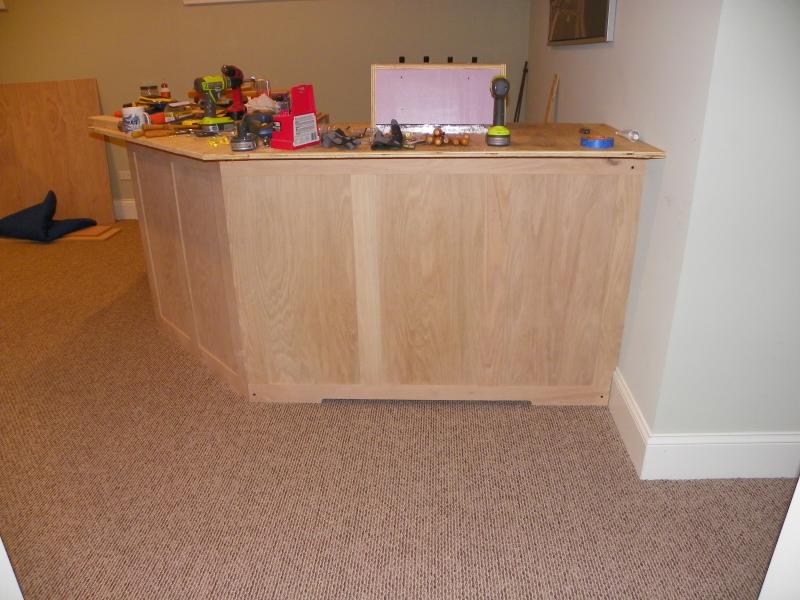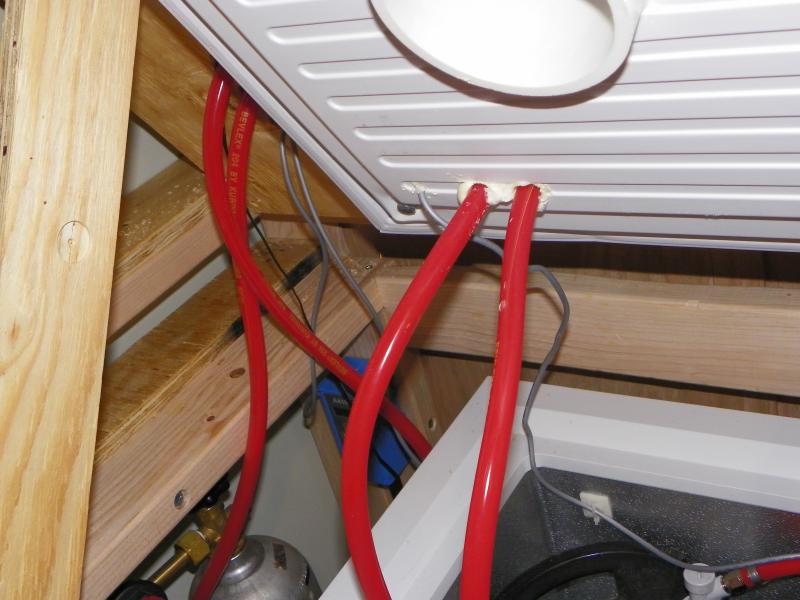I originally began a thread based on the notion that I would be building a keezer. SWMBO asked why I wasn't just building a bar with the keezer built in. That's a great idea says I, hence this new thread. I'll plug in a few pics of how I started and where I am to date (not yet finished).
The bar itself is inspired by Cruelkix's bar and Jester369's keezer. Thanks guys for the ideas.
I am using Google Sketchup for the design work. It is easy to learn and provides a quick source of dimensional information if you have a laptop handy.
You will note that I elected to locate the CO2 tank and gauges outside of the keezer on a small side shelf (another idea found on this forum).
Pocket screws are used on the lower back member to allow for removal of the freezer in the future if necessary.
Stay tuned for how I incorporate the coffin. I am leaving the coffin as the last framing element since it is easier to square and true everything up and then add the coffin structure.
Dave.





The bar itself is inspired by Cruelkix's bar and Jester369's keezer. Thanks guys for the ideas.
I am using Google Sketchup for the design work. It is easy to learn and provides a quick source of dimensional information if you have a laptop handy.
You will note that I elected to locate the CO2 tank and gauges outside of the keezer on a small side shelf (another idea found on this forum).
Pocket screws are used on the lower back member to allow for removal of the freezer in the future if necessary.
Stay tuned for how I incorporate the coffin. I am leaving the coffin as the last framing element since it is easier to square and true everything up and then add the coffin structure.
Dave.







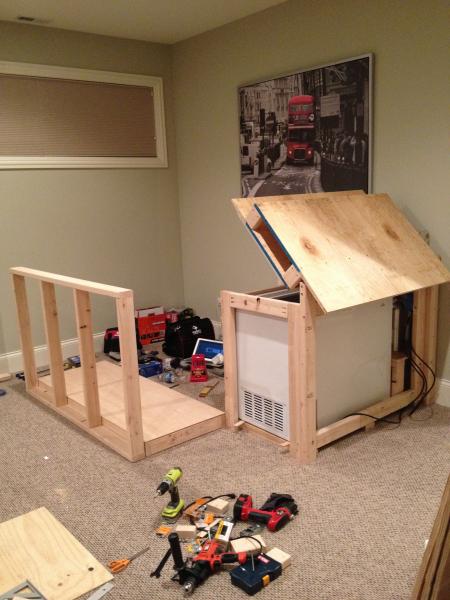

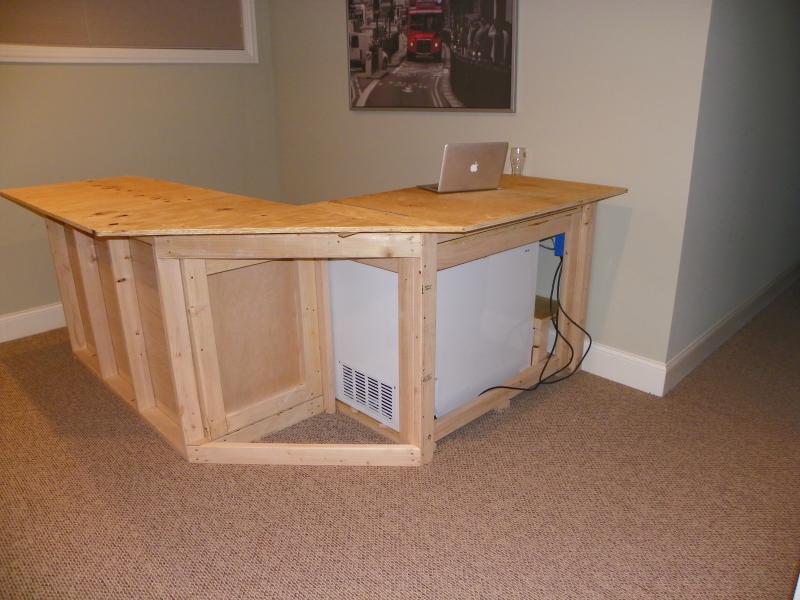

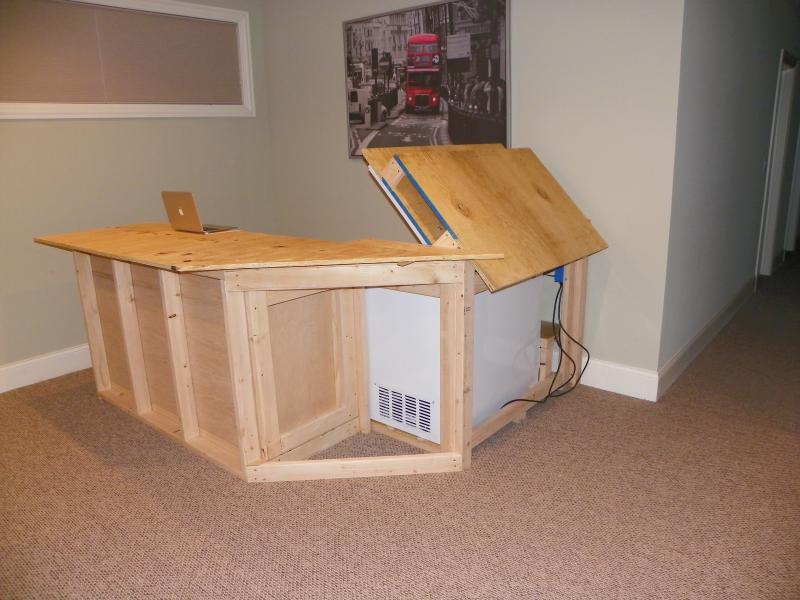






![Craft A Brew - Safale S-04 Dry Yeast - Fermentis - English Ale Dry Yeast - For English and American Ales and Hard Apple Ciders - Ingredients for Home Brewing - Beer Making Supplies - [1 Pack]](https://m.media-amazon.com/images/I/41fVGNh6JfL._SL500_.jpg)

















































